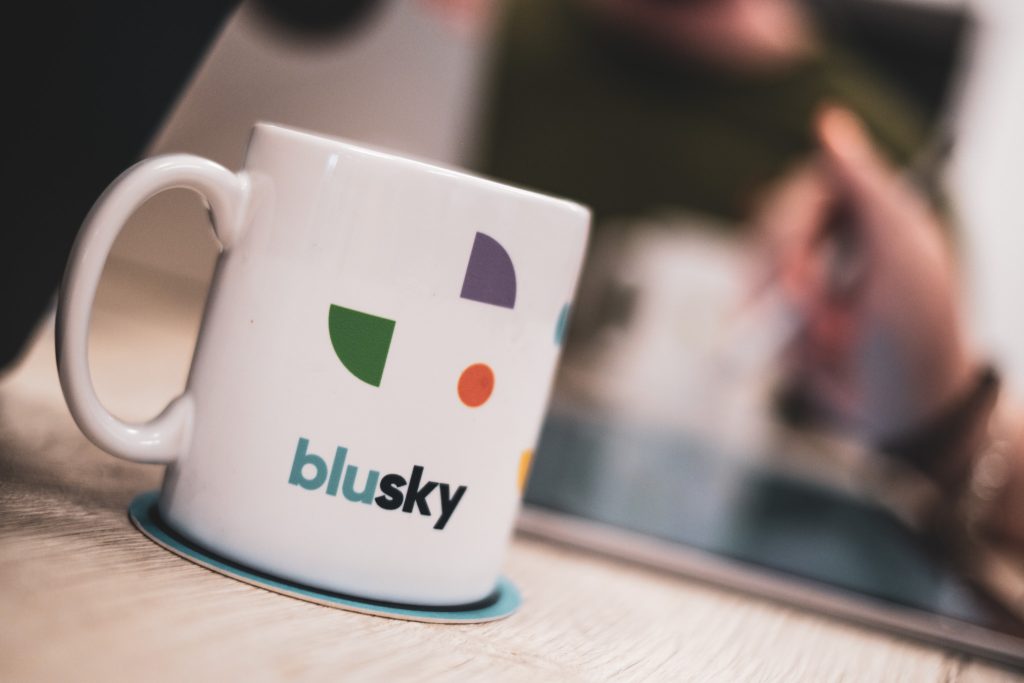Seed enterprise investment scheme (SEIS) and enterprise investment scheme (EIS) compliance can be tricky. Here, we give you the lowdown.
The application process is lengthy and there are various rules to follow. Here, we cover the basics of (S)EIS compliance.
Failure to follow the (S)EIS compliance steps can mean your company’s relief is withheld or withdrawn, so it’s important to get it right!
How do the schemes work?
SEIS
The SEIS scheme offers investors tax relief of 50% against the amount they’ve invested.
As an early-stage business, potential investors may be reluctant to invest due to the risk factors, however the tax relief benefit offered through the SEIS scheme may encourage them to think again.
EIS
The EIS scheme will allow investors to claim tax relief of 30% against the amount they’ve invested.
This scheme benefits small and medium sized businesses that may be looking to grow and progress.
The main difference is that SEIS schemes help those who’re in the early stages of trading, while EIS can help businesses that’ve been trading longer.
What you need to do pre-application
Before you apply for either, there’s an eligibility checklist that you need to meet:
- Under £200,000 in gross assets pre-investment to qualify for SEIS, and under £15 million gross assets pre-money (i.e. not including the new funding) to qualify for EIS.
- Under 25 employees to qualify for SEIS, and under 250 employees to qualify for EIS.
- Trading for less than 2 years up until the time you issue SEIS shares, and less than 7 years up until the time you issue EIS shares.
- Must have a permanent establishment in the UK.
- Must not be a Limited Partnership (LLP) company.
You also need to determine whether or not the company applying is classed as being “knowledge intensive”. You qualify as a Knowledge Intensive Company (KIC) if your operation expenditure includes:
- Research, development or innovation expenses
- Developing intellectual property that’s going to be your future main source of business.
Or if you have a percentage (>20%) of employees carrying out research in a role that requires a master’s degree or higher.
If you think this could be you, it’s worth being aware of the KIC benefits which are:
- Raising up to £10 million through EIS per year (instead of £5 million) and a total of £20 million through EIS in the company lifetime (instead of £12 million).
- Qualifying for EIS within 10 years from the start of trade (instead of 7 years).
- Qualifying with up to 500 full-time employees (instead of 250 employees).
What you need to complete – Advanced Assurance
You can ask HMRC if they agree that an investment would meet the conditions of a scheme before you start the process. It’s a provisional assurance that your future application will be accepted and can really give you and your perspective investor some extra peace of mind.
It’s worth keeping in mind that even if you receive the advanced assurance, your application may still be rejected should you submit inaccurate information, or your circumstances change.
This application can also save you time, as if you’re not eligible HMRC will outline why – saving you from having to complete the entire application to then find out you aren’t eligible.
What you need to complete – SEIS or EIS 1
Once you’ve made sure you are eligible, you must complete an application known as an SEIS 1 or an EIS 1. This application asks for a whole range of information on your company.
You also need to be able to provide details of the raise that your application relates to and the investors who’re involved, including their:
- Names
- Addresses
- How much they have invested and for how many shares.
Accompanying documents
In addition to this, there are some documents you must submit alongside your application. Including items like an up-to-date capitalisation (CAP) table and business plan.
Continued EIS and SEIS compliance
If your application is successful, you will receive confirmation via an SEIS/EIS 2 email from HMRC with a Unique Investment Reference.
Along with a blank SEIS/EIS 3 document that you must complete and provide to your investors. This can then be used to receive the relief that the SEIS and EIS scheme provides.
The investors must hold their shares for at least 3 years from the date of issue, otherwise they will need to repay any relief they have received.
How can Blu Sky help?
We can help you prepare and guide you through the process to ensure EIS or SEIS compliance. Once that’s sorted, we can look ahead together and consider what your next steps could be.
If you’d like to find out more, get in touch!



